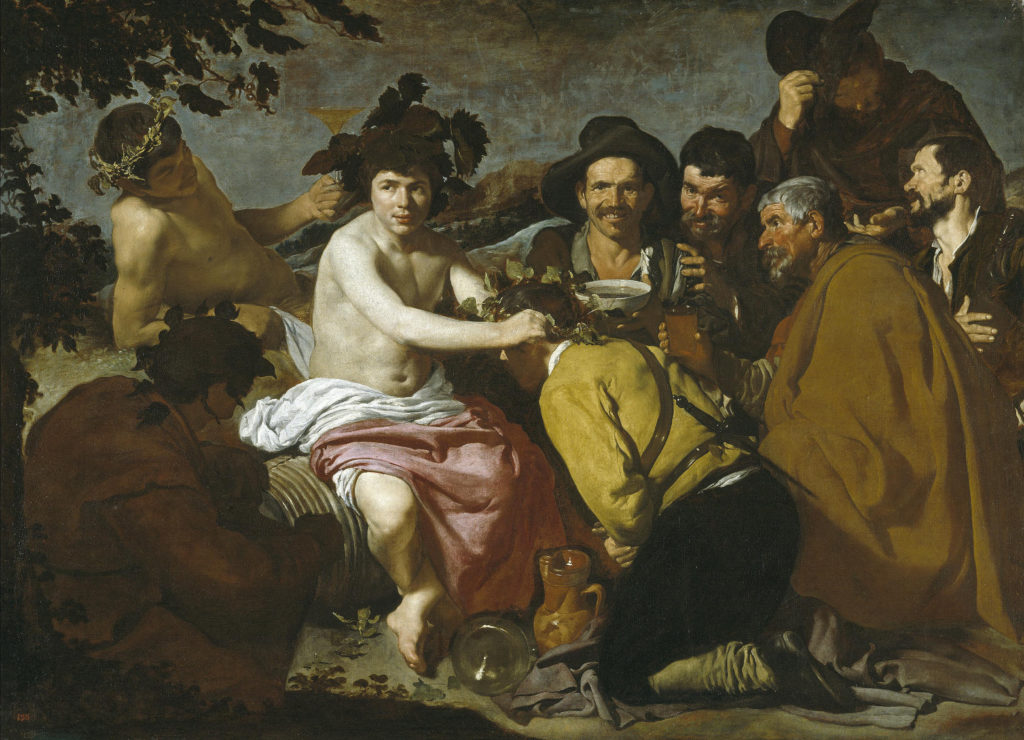The ancient Greeks worshipped many gods, each with a distinct personality and domain. Greek myths explained the origins of the gods and their individual relations with mankind. The art of Archaic and Classical Greece illustrates many mythological episodes, including an established iconography of attributes that identify each god.
Hemingway, Colette, and Seán Hemingway. “Greek Gods and Religious Practices.” In Heilbrunn Timeline of Art History. New York: The Metropolitan Museum of Art, 2000–. http://www.metmuseum.org/toah/hd/grlg/hd_grlg.htm (October 2003)

































